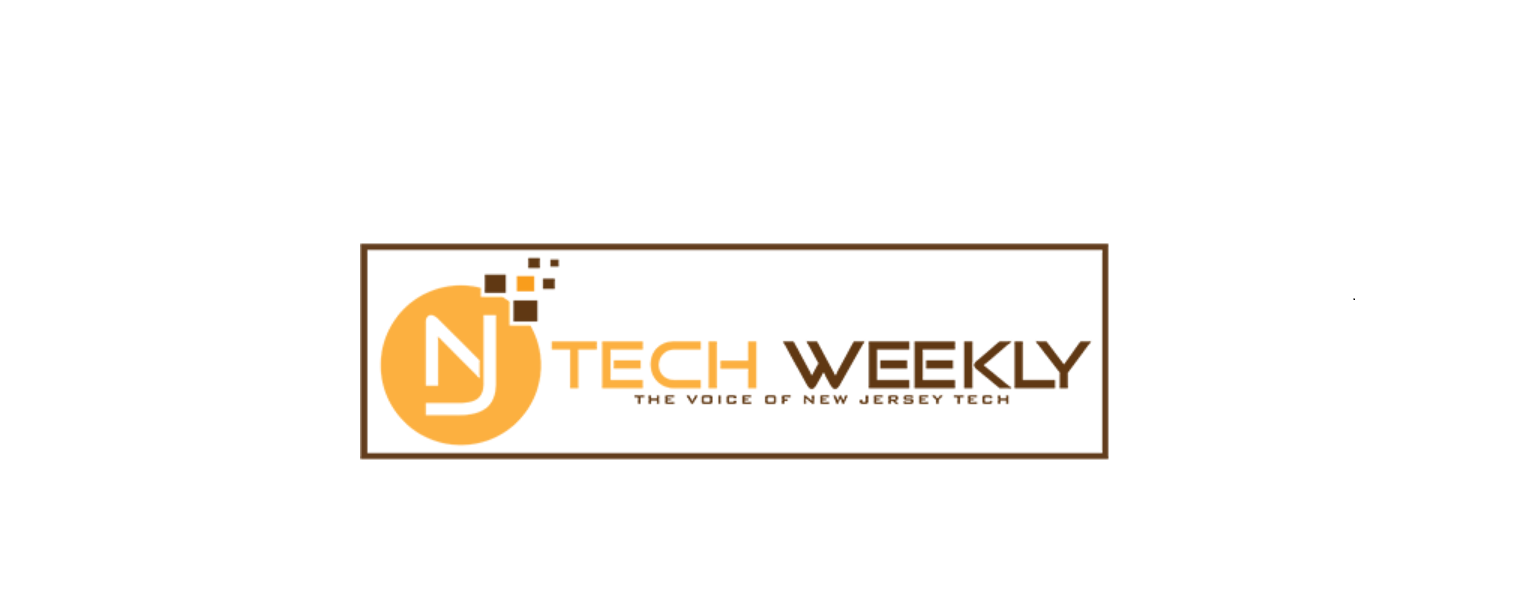While the bookends of pharma, drug discovery and commercialization benefit from growing technological advancements, clinical development remains the technological black hole.

Following is an excerpt of a Forbes Technology Council post written by Forbes Council Member and SciMar CEO, Donna Conroy, MS.
Jul 14, 2022 – On average, it takes more than a decade and up to $2.8B for a pharmaceutical company to move a drug through the two-step research and development (R&D) process of drug discovery and clinical development before commercialization can begin.
Investing time and resources is clearly a long-term strategy with high risk. Because of this, pharma has an additional reason to increase efficiency, as reduced time to market provides patients faster access to life-altering therapies. One industry-agnostic, well-accepted strategy to do so is to incorporate technology that increases efficiencies for higher profitability.
Balancing profitability with “doing good” has inspired pharma to streamline R&D and commercialization efforts. As such, pharma companies have begun to incorporate innovation teams within their organizations, tasking them with identifying external technologies to increase efficiency. Healthtech companies have responded, and an influx of digital advancements has emerged in drug discovery and commercialization, the bookends of the pharma R&D process. Both sectors have adopted industry-changing innovations led by artificial intelligence (AI) and machine learning (ML) technologies.
Yet a bottleneck of inefficiency remains in the middle step of the pharma process. Clinical development is a complex process with hundreds of interdependent tasks spread among cross-functional teams. It is arduous and intense work plagued with inefficient, antiquated manual practices.
The mission of clinical development is to shorten the window between an investigational new drug application and regulatory approval, so why is it the technological black hole of pharma?
Clinical Development
Innovation lags in clinical development due to many complicating factors. During the seven-to-eight-year timeline, risk to the patient is high and budgets are low. Further, despite a common misconception that clinical trials are the sole activity of clinical development, it involves many business units. Upwards of twelve cross-functional teams including clinical, medical, early commercial, regulatory, managed care and others work simultaneously to complete hundreds of interdependent tasks to prepare the product and market for commercialization.
With disparate teams often working in siloed environments, collaboration is a challenge. Through the years, tasks are unknowingly duplicated by teams, slowing progress and costing companies valuable resources. In addition, the majority of these cross-functional tasks required to move a drug toward commercialization rely on evidence-based clinical data. Currently, few technology solutions comprehensively address the complex web of clinical development.
While some clinical development technologies exist, they are limited in scope and typically provide efficiencies for singular functions. Significant efficiencies will only be seen with holistic innovations. The question is, how can a system address the needs of cross-functional teams that rely on antiquated manual methods, multiple tools and vendor outsourcing? How can technology weave the intricate web of drug development?
It starts by looking at the two book ends of the R&D process: drug discovery and commercialization.
Read the full article here.


